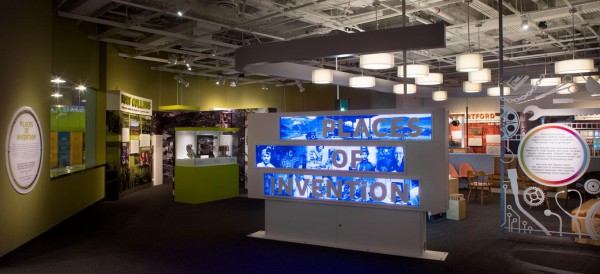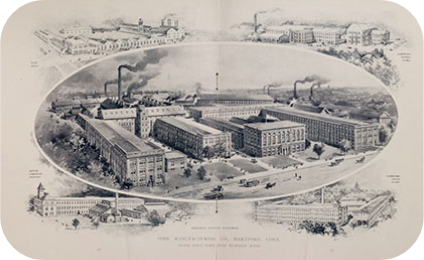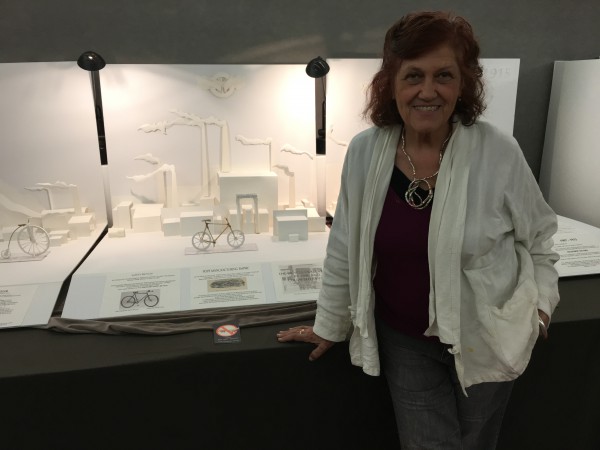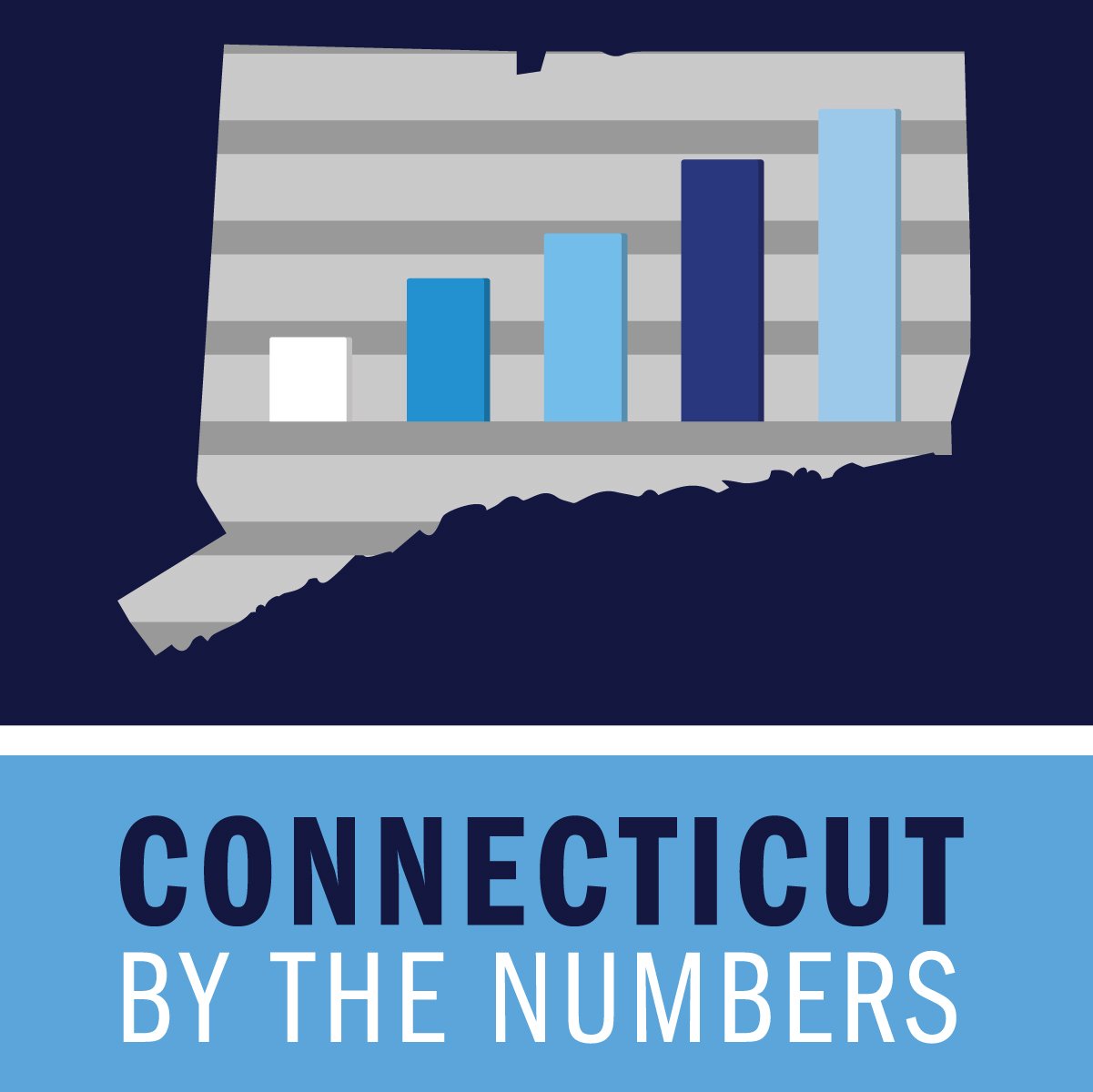E-Cigarettes Remain Controversial as New Federal Law, Yale Academic Study Weigh In
/Even as new federal rules restricting the sale of e-cigarettes take effect, advocates in Connecticut continue to urge state lawmakers to impose tougher restrictions on electronic cigarettes and vapor products when they reconvene next year. They warn that a growing number of young people are using these electronic delivery systems to "smoke" what could be harmful and addictive substances.
The U.S. Food and Drug Administration announced rules earlier this year that will forbid e-cigarette shops nationwide from selling the products to people younger than 18 and will require staff to ask for identification that proves customers are old enough to buy. The rules – which take effect this month - would also extend long-standing restrictions on traditional cigarettes to a host of other products, including e-cigarettes, hookah, pipe tobacco and nicotine gels. Minors would be banned from buying the products.
Teens who initially tried e-cigarettes because of their low cost had significantly stepped up their use of e-cigarettes by the time researchers checked in six months later, according to a study that senior researcher Suchitra Krishnan-Sarin, a professor of psychiatry at Yale University School of Medicine, told WebMD in an article published last week. The low cost of the devices and the promise they can help teens quit smoking tobacco are the two strong predictors of continued use, she said.
In addition, teens who tried e-cigarettes to quit smoking were more than 14 times more likely to keep using e-cigarettes than those who did not consider this a reason to try the devices, the findings showed. However, e-cigarettes didn't seem to help the kids quit. Four out of five teens who tried e-cigarettes to quit smoking were still puffing regular cigarettes six months later, the investigators found.
"Even though they said they were using e-cigarettes to quit smoking, it doesn't appear to have necessarily helped them," Krishnan-Sarin said.
Jennifer DeWitt, executive director of the Central Naugatuck Valley Regional Action Council, told members of the General Assembly's Public Health Committee this spring that every principal in the 12-town region her organization covers "has a desk drawer of these items that were confiscated from teens this year," including some retrofitted to smoke marijuana, the Associated Press reported.
"Tobacco is a success story for us in the overall picture of prevention. However, we will take a back-slide if electronic nicotine delivery devices continue to be available in the ways that they are currently," DeWitt said. She said 7.2 percent of Connecticut high school students are e-cigarette users, marking a higher usage rate than all tobacco products combined.
According to the CDC, nationally, 7 out of 10 middle and high school students who currently use tobacco have used a flavored product. In addition:
- 63% of students who currently use e-cigarettes have used flavored e-cigarettes (1.6 million)
- 61% of students who currently use hookah have used flavored hookah (1 million)
- 64% of students who currently use cigars have used flavored cigars (910,000)
Beginning this month, retailers are prohibited from selling the tobacco products to those under 18, placing them in vending machines or distributing free samples, under the new FDA rules. While nearly all states already ban sales of e-cigarettes to minors, federal officials said they will be able to impose stiffer penalties and deploy more resources to enforce the law. The FDA action comes five years after the agency first announced its intent to regulate e-cigarettes and more than two years after it floated its initial proposal, according to published reports.
“Millions of kids are being introduced to nicotine every year, a new generation hooked on a highly addictive chemical” Health and Human Services Secretary Sylvia Burwell said. “We cannot let the enormous progress we’ve made toward a tobacco-free generation be undermined by products that impact our health and economy in this way.”
The CDC indicated that in 2013, more than a quarter million middle and high school students who had never smoked regular cigarettes had used e-cigarettes, a number that had grown three-fold in just two years. A high proportion of middle and high school students saw e-cigarette advertisements (in 2014) from one or more of the following four sources: retail, Internet, TV/movies, and Magazines/newspapers. Overall, 66% of Middle School Students and 71% of High School Student.
 The New Haven Register reported that Dr. Roy Herbst, chief of medical oncology at the Yale Cancer Center and Smilow Cancer Hospital, said state and federal policy-makers should do more to rein in the spread of the devices.
The New Haven Register reported that Dr. Roy Herbst, chief of medical oncology at the Yale Cancer Center and Smilow Cancer Hospital, said state and federal policy-makers should do more to rein in the spread of the devices.
“It didn’t go as far as we would’ve liked but it’s a good step in the positive direction and allows for more research,” Herbst said of the new federal rule. “I think now that we finally have this regulation, it will begin to stem the rapid use of e-cigarette use that is running rampant in the United States and around the world.”






 Just over three years ago, NBC Sports launched a new state-of-the-art 300,000 square foot facility headquartered in Stamford, on a thirty-three acre campus (formerly the home of Clairol). The facility brought NBC Sports, NBC Sports Network, NBC Olympics, NBC Sports Digital, and NBC Regional Networks all under one roof. Connecticut’s First Five program, providing financial incentives to major business entities to relocate to the state, helped get the deal done. At the ribbon cutting for the facility in July 2013, just off exit 9 along I-95, NBC Sports Group Chairman Mark Lazarus said it was “built for every conceivable media platform, known today or yet to be built or conceived.”
Just over three years ago, NBC Sports launched a new state-of-the-art 300,000 square foot facility headquartered in Stamford, on a thirty-three acre campus (formerly the home of Clairol). The facility brought NBC Sports, NBC Sports Network, NBC Olympics, NBC Sports Digital, and NBC Regional Networks all under one roof. Connecticut’s First Five program, providing financial incentives to major business entities to relocate to the state, helped get the deal done. At the ribbon cutting for the facility in July 2013, just off exit 9 along I-95, NBC Sports Group Chairman Mark Lazarus said it was “built for every conceivable media platform, known today or yet to be built or conceived.”

 iveness of social media. In addition, ratings from the Opening Ceremonies on NBC television were down substantially from the London Games. But that seems to have been the floor, not the ceiling, for viewership levels.
iveness of social media. In addition, ratings from the Opening Ceremonies on NBC television were down substantially from the London Games. But that seems to have been the floor, not the ceiling, for viewership levels.

 The entire statewide system in Connecticut, purchased through A&T, cost $13.26 million with annual maintenance costs of about $3.2 million, Stephen Verbil, a telecommunications manager with the Division of the Statewide Emergency Communications,
The entire statewide system in Connecticut, purchased through A&T, cost $13.26 million with annual maintenance costs of about $3.2 million, Stephen Verbil, a telecommunications manager with the Division of the Statewide Emergency Communications,  The same measure showed the age 20-34 demographic group, at 0.22 percent, was considerably below the rate for other age groups. (This rate means that 221 out of every 100,000 adults in this age group became entrepreneurs in a given month.) The data also indicates that the rate of new entrepreneurs for the age 20-34 group is down from the high point for this age group of 0.28 percent in 1996.
The same measure showed the age 20-34 demographic group, at 0.22 percent, was considerably below the rate for other age groups. (This rate means that 221 out of every 100,000 adults in this age group became entrepreneurs in a given month.) The data also indicates that the rate of new entrepreneurs for the age 20-34 group is down from the high point for this age group of 0.28 percent in 1996.





 Individual municipalities and state agencies also have options to purchase additional products as needed, such as 3-D building footprints, planimetrics, landcover maps, impervious surface maps and more, according to company officials.
Individual municipalities and state agencies also have options to purchase additional products as needed, such as 3-D building footprints, planimetrics, landcover maps, impervious surface maps and more, according to company officials.
 "Our flight team did an exceptional job of outmaneuvering the unusual weather present during the collection period (in Connecticut)," says Shawn Benham, Sanborn project manager. "The savings truly are astronomical when you merge many smaller project areas into a single large project because of the fixed costs associated with each mobilization," added Arshat in statement released by the company.
"Our flight team did an exceptional job of outmaneuvering the unusual weather present during the collection period (in Connecticut)," says Shawn Benham, Sanborn project manager. "The savings truly are astronomical when you merge many smaller project areas into a single large project because of the fixed costs associated with each mobilization," added Arshat in statement released by the company.



 Describing Hartford’s prominent manufacturing history, Hinz said “Hartford, CT, is a classic story in the history of American technology. If you have ever wondered why people refer to “Yankee ingenuity,” this is what they are talking about.” He adds, “In the mid and late 1800s, the United States overtakes Great Britain as the world’s foremost economic superpower, largely on the strength of its prowess in inventing and manufacturing new technologies. Hartford is at the center of that revolution.”
Describing Hartford’s prominent manufacturing history, Hinz said “Hartford, CT, is a classic story in the history of American technology. If you have ever wondered why people refer to “Yankee ingenuity,” this is what they are talking about.” He adds, “In the mid and late 1800s, the United States overtakes Great Britain as the world’s foremost economic superpower, largely on the strength of its prowess in inventing and manufacturing new technologies. Hartford is at the center of that revolution.” The exhibit notes that by the 1850’s “Hartford became the center of production for a wide array of products—including firearms by Colt, Richard Gatling and John Browning; Weed sewing machines; Royal and Underwood typewriters; Columbia bicycles; and even Pope automobiles.”
The exhibit notes that by the 1850’s “Hartford became the center of production for a wide array of products—including firearms by Colt, Richard Gatling and John Browning; Weed sewing machines; Royal and Underwood typewriters; Columbia bicycles; and even Pope automobiles.”
 rode his high-wheeler from the station down Capitol Avenue to the Weed Sewing Machine Company.’”
rode his high-wheeler from the station down Capitol Avenue to the Weed Sewing Machine Company.’” Jeanne Manzelli, a resident of Windsor, has a
Jeanne Manzelli, a resident of Windsor, has a  BFA in Sculpture from the Massachusetts College of Art and her MED in Art Education from the University of Massachusetts, Amherst. Her experience includes a 20 year career in design, manufacture, appraisal and sale of jewelry, two decades as mural artist working closely with interior designers as an industry professional, and 14 years teaching basic and advanced drawing, sculpture and 3D design as well as color theory at Tunxis Community College.
BFA in Sculpture from the Massachusetts College of Art and her MED in Art Education from the University of Massachusetts, Amherst. Her experience includes a 20 year career in design, manufacture, appraisal and sale of jewelry, two decades as mural artist working closely with interior designers as an industry professional, and 14 years teaching basic and advanced drawing, sculpture and 3D design as well as color theory at Tunxis Community College.





























